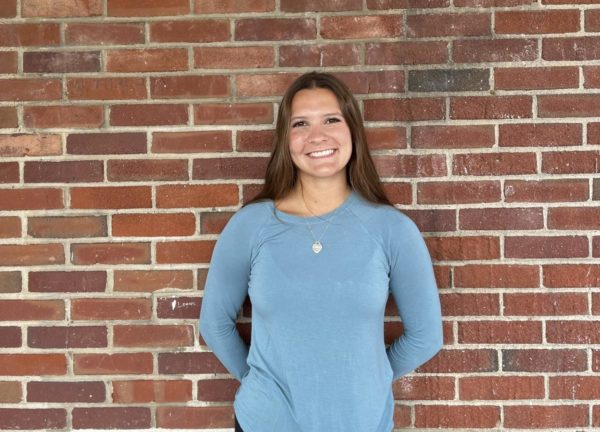Women’s health and concussions: A problem that needs to be solved
March 30, 2023
Another day ensued, mindlessly tapping through Instagram stories. I tapped and tapped. Wait.
A CNN article caught my eye. It read, “These young female athletes died by suicide. They all had head injuries in common.” The air filled my nose, streaming to my lungs, breathing out heavily. A sigh poured from my mouth. I traced my eyes over the words.
The article discussed two brilliant athletes, Kelly Catlin, a United States track cyclist, and Ellie Soutter, a snowboarder from Great Britain. Both died by suicide after multiple head traumas. Catlin at 23 and Soutter just turning 18.
Catlin’s family were unaware of the symptoms she was experiencing, such as nightmares, obsessive and racing thoughts; Catlin only complained of painstaking headaches.
After one of Soutter’s seven major concussions, she was unable to recognize her father’s face for seven hours. After her passing, he received a call from Boston University asking if they could biopsy her brain. The researchers believed she suffered from Chronic Traumatic Encephalopathy (CTE). CTE develops after repeated traumas to the brain, resulting in early development of dementia. The heart wrenching story deepens the need for new protocols to be implemented for female athletes.
Susan Antinori, one of the athletic trainers at Glen Rock High School, says, “There are articles and studies that demonstrate females may be more susceptible to concussions compared to males. Some of these factors include hormonal and biomechanical differences.”
According to a National Library of Medicine study, these factors include menstrual cycle and hormonal levels. The “lower biomechanical threshold” of a woman can result in both long-term and short-term problems, and ultimately alter a woman’s hypothalamic-pituitary-ovarian axis, resulting in more severe symptoms and amenorrhea.
Miguel Duran, one of our computer technicians, provided another source to help me understand the full story. He has a Bachelor’s degree in Neuroscience and Master’s degree in Biology. “Considering Biological Sex in Traumatic Brain Injury” says that women typically have more severe symptoms than men.
The article also says that although there is underreporting of concussions due to domestic violence. In the athletic community, female athletes are incredibly under-represented when it comes to concussion studies. According to Kitman Labs, 2022 recorded 171 studies with men taking up 80.1% of the participants and about 40.4% having no women at all. This does not necessarily mean women sustain more concussions. It is concerning, however, that women don’t have a separate set of protocols to deal with such horrific symptoms.
In addition, The Beck Depression Inventory–Fast Screen was protocered with 84 collegiate athletes, 65 men and 19 women. Despite the obvious disparity between men and women participants, about 20% of the participants showed an increase in depression post concussion compared to their original baseline. Generally, women are more depressed than men, and traumatic brain injuries can exacerbate that. Post concussion depression is common, but should not go unnoticed.
Increases in concussions in women’s sports of volleyball, soccer and ice hockey have caught researchers attention. Eric Hernandez, another trainer here at the high school, has seen more concussions in women’s soccer compared to boy’s soccer, but the evidence as to why is unclear. In addition, cheerleading has seen a substantial amount of concussions. But, concussions are not specific to contact sports. Antinori says that she has treated a tennis player and runner.
Overall, women are lacking in resources for concussions. Everyone is individualized when sustaining a concussion, so it is hard to make protocols that fit every scenario, but there must be a way to decrease the horrendous symptoms.
Antinori says that some resources if one were to sustain a concussion in a Concussion Center in Summit for players who need some extra help. She also recommended sports psychologists to aid a player in returning to their sport.






